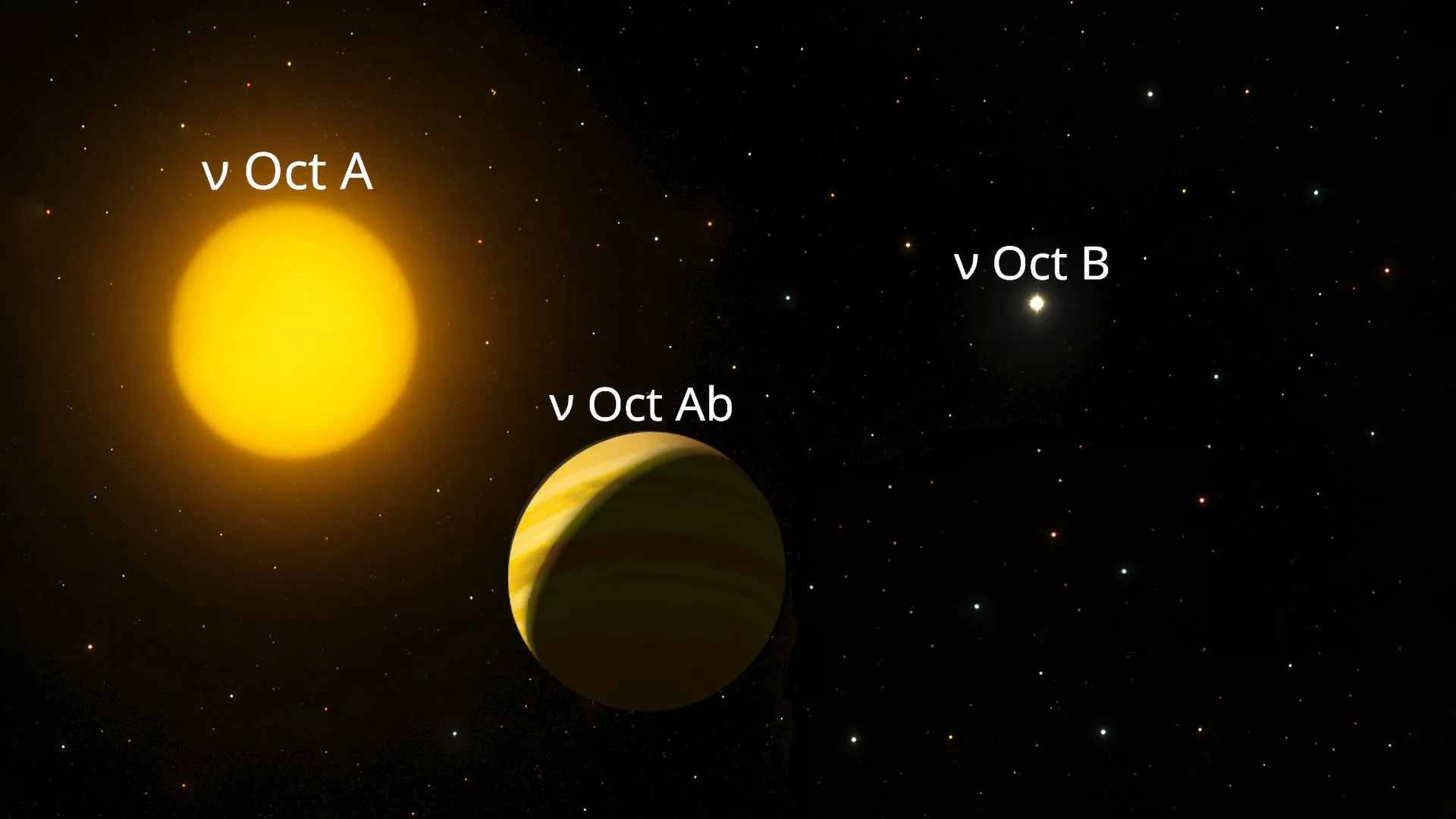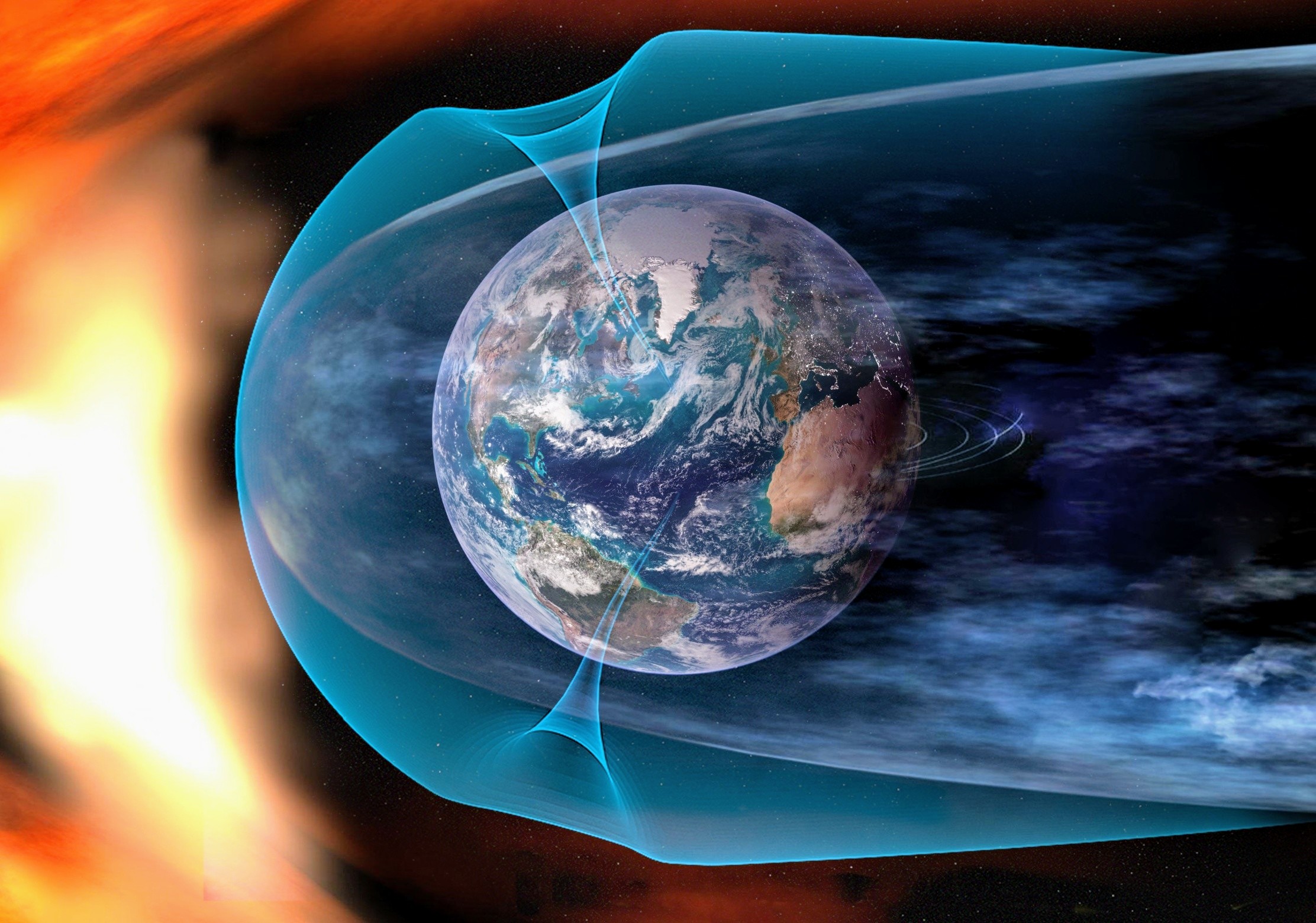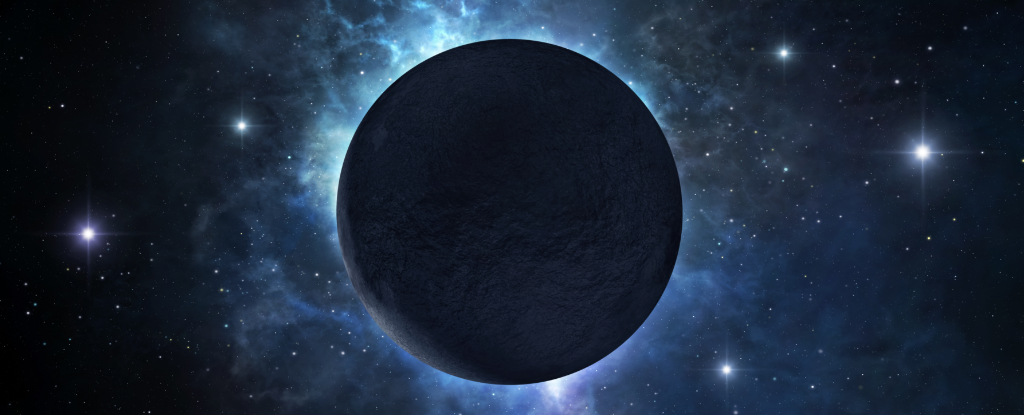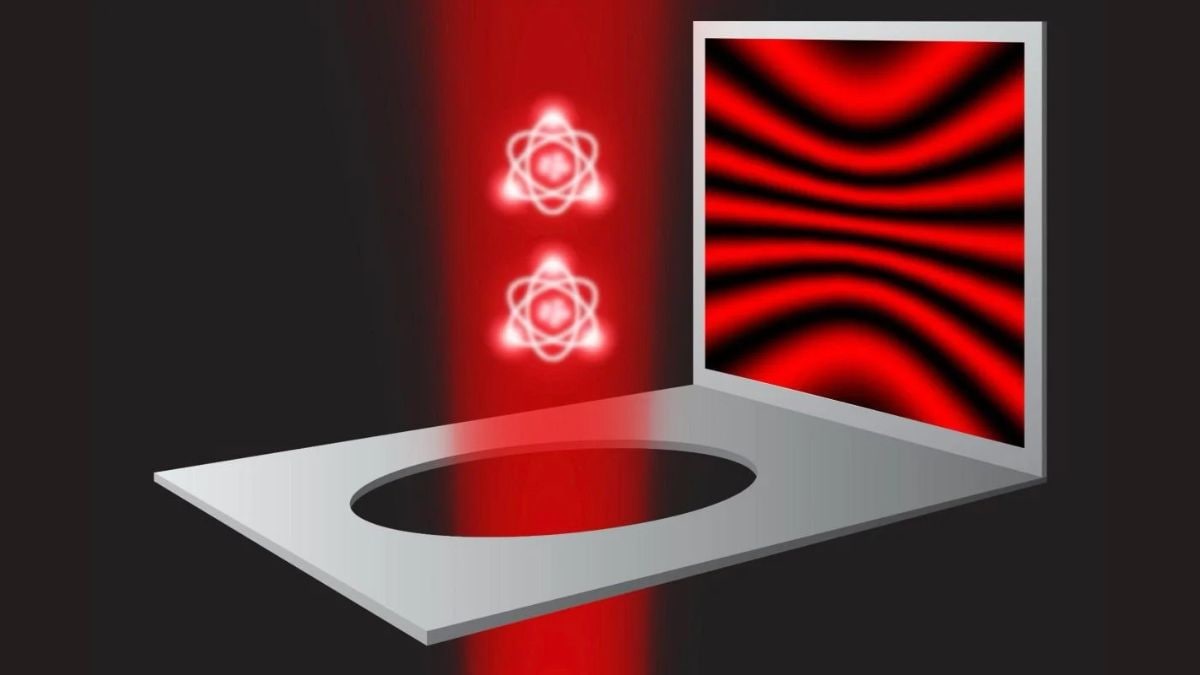Shocking Discovery: A Planet with a Retrograde Orbit Found in a Binary Star System!

Imagine a planet that spins in the opposite direction of its stars—sounds like something out of a sci-fi movie, right? Well, scientists have just confirmed the existence of a planet in a bizarre retrograde orbit within the nu Octantis binary star system, flipping our understanding of planet formation on its head!
This groundbreaking revelation comes from an international team of astrophysicists led by Professor Man Hoi Lee from The University of Hong Kong (HKU). Alongside his MPhil student, Ho Wan Cheng, they have published their findings in the prestigious journal Nature. But what makes this discovery so mind-blowing?
The nu Octantis system is a compact binary duo, with nu Oct A being a primary subgiant star that boasts around 1.6 times the mass of our Sun. Its companion, nu Oct B, is significantly smaller, weighing in at about half the Sun’s mass, and they've been locked in a cosmic dance, orbiting each other every 1,050 days. But it’s the discovery of a planet—one that orbits nu Oct A in the opposite direction of this dance—that has astronomers buzzing.
The journey to this discovery began years ago when Dr. David Ramm, during his PhD at the University of Canterbury in New Zealand, detected a peculiar signal in 2004. This signal hinted at a massive planet roughly twice the size of Jupiter, orbiting nu Oct A every 400 days. However, skepticism arose because such a wide orbit was thought to be unstable unless it was retrograde—meaning it moves against the rotational direction of the stars. This concept was not just controversial; it was unprecedented!
To finally settle the debate, the research team employed high-precision observations using the European Southern Observatory’s HARPS spectrograph, confirming that the planet’s orbit is indeed retrograde and nearly aligned with the binary's orbit. “We analyzed 18 years of radial velocity data, revealing stable fits that required this unusual planetary orbit,” explained Cheng.
But that’s not all—nu Oct B’s identity was also under scrutiny. The mass of this secondary star could indicate that it’s either a low-mass main-sequence star or a white dwarf, the remnants of a star that has exhausted its nuclear fuel. To determine its nature, the researchers utilized the SPHERE adaptive optics imaging instrument at the Very Large Telescope and found nu Oct B to be a very faint white dwarf. This implies a significant evolution since its formation, shedding most of its mass over billions of years.
According to Cheng, nu Oct B is approximately 2.9 billion years old, having originally been about 2.4 times the mass of the Sun before becoming a white dwarf around 2 billion years ago. The implications of this evolution are profound. It raises the possibility that the retrograde planet was formed from material expelled by nu Oct B or even captured from another orbit. Professor Lee speculates that we might be witnessing the very first clear case of a second-generation planet, created from the debris of a dying star.
As researchers continue their quest to uncover new planets in various environments, this study signifies how unique stellar configurations can offer fresh insights into planetary formation. This discovery not only challenges previous assumptions but opens up exciting new avenues for research into how planets evolve in complex systems.




























